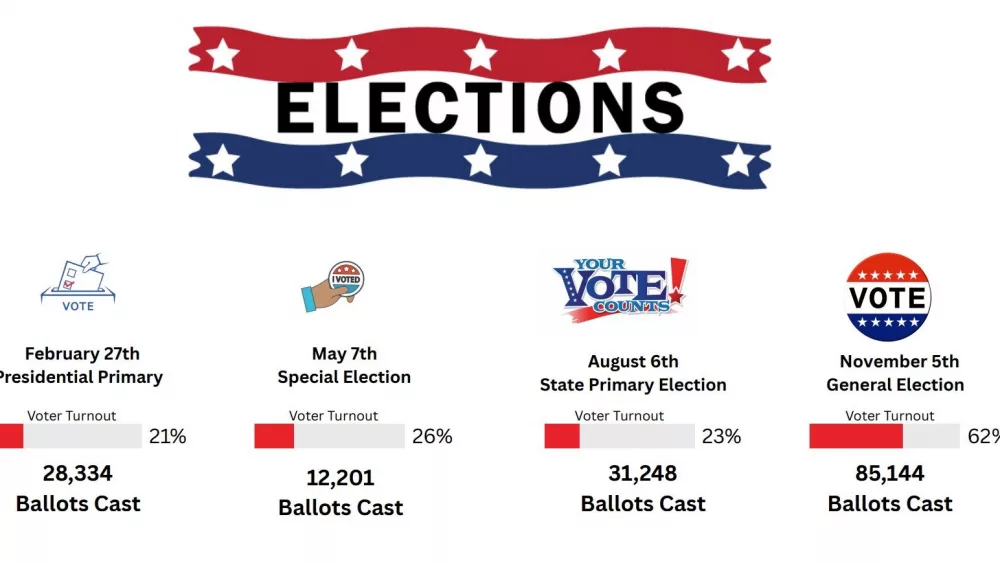Arguing that the West Michigan Industrial Economy is “still on solid footing,” Dr. Brian Long from Grand Valley State University says, “So far, so good.” The amiable Director of Supply Chain Management Research at GVSU goes so far as to say that his key index of New Orders is “now approaching a four-year high.”
Professor Long’s regular monthly survey of manufacturing leaders and other key business authorities shows the one major area of uncertainty is what the impact of the national tariff war will be on the West Michigan industrial sector.
Long says that according to his data collected over the last two weeks of June, his closely-watched New Orders Index of business improvement clicked up to +33 from May’s +30 measure, while in a similar move the West Michigan Production Index stepped up to +39 from +37.
Long says that in his Purchasing Index, the bump was strong at +27, “up nicely,” from May’s reading of +19. He also suggests that anecdotal comments from survey participants remain positive, “but many are justifiably concerned about an impending tariff war.” The professor adds, “With the economy now approaching full capacity, shortages are starting to appear in many places.” By way of explanation, he notes, “Trucking and other logistics are in short supply, and freight surcharges are adding unexpected new costs, which is hampering profitability.”
On the labor front, Long says, “Many firms continue to be constrained by personnel shortages, and one firm has resorted to hiring untrained workers who ‘seem capable of learning.'” He notes, “Michigan still has 80,000 jobs that can’t be filled because of the scarcity of trained workers.”
Long’s highly-regarded measure of the West Michigan Industrial Economy tells us this month, “Initially, 2018 was expected to be another year of slow growth, however, business conditions for our local auto parts suppliers have remained strong, and the local firms producing capital equipment are still benefiting from the recently-passed tax advantages for new capital investments.”
The office furniture industry, which Long says, “Arguably plateaued in 2017, is now receiving a new wave of sales because of the new tax incentives.” Additionally, with the summer repair season at hand, many West Michigan industrial distributors have reported positive business conditions for the month of June.
Looking more closely at the jobs scene, Long says, “Michigan’s May unemployment rate came in at 4.6-percent, according to the latest report from Michigan’s Department of Technology, Management and Budget.” He notes, “Just like last month, the higher unemployment numbers in some localities as well as the U.S. are primarily the result of idle workers re-entering the workforce.” He says that his Employment Index for June remained strong at +30, “well ahead of our 25-year average of +8.”
Looking to the future, Long points out that, “Although fear of a trade war continues to weigh heavily on the minds of our survey respondents, it is fortunate that last month’s negative trend did not continue. The West Michigan index for the Short Term Business Outlook for June, which asks local firms about the perception for the next three to six months, edged up nicely to +41 from +33. But the Long Term Business Outlook, which queries the perception for the next three to five years, recovered modestly to +31 from +27.”
As is Professor Long’s customary practice, a series of verbatim anecdotal comments are included to guide the reader to a more visceral feel for the current trends. Here are some of the comments he has shared in the June report:
- “We have a slow period on the horizon (6-12 mo) that will result in a workforce reduction. This will include the loss of some highly trained and skilled individuals that will be extremely difficult to replace when demand increases in about 12 months.”
- “May was down from a VERY strong April. And now June is down from May. Overall, it will be a good quarter, but activity is down from where it started.”
- “Sales in automotive parts remain strong. We see no direct impacts from the 232 tariffs imposed on the EU, but the tariffs will have an impact on stainless steel pricing in the order of 18 to 25% over the next 2 quarters. There are still plenty of unknowns in the trade situation, however it has yet to change much of our strategy at this time.”
- “Our inventories are declining due to implementing lean initiatives.”
- “We are very busy and should continue to be very busy for the next few months.”
- “We’re starting prep work for tariff increases and how to handle them.”
- “Overall business volume remains very solid across all industrial segments we are involved in.”
- “It seems like the price for almost everything is on the rise. Also, it seems like we are taking a back seat to the auto Industry when it comes to lead times and part delivery.”
- “We’re thriving in our neck of the woods. Business is as robust as I’ve ever seen it, and I wasn’t born yesterday.”
- “Freight surcharges are very real and starting to really impact logistics costs, availability, and delivery timing.”
- “This year’s schedule is full, and we are now working on 2019.”
- “If Tier I’s don’t allow price increases to pass through we will have to quit shipping. We cannot absorb these increases in raw material.”
- “Machine tools consumption is up. Our lead times are up from the manufactures of machines.”
- “Late shipments are because of the increased orders, requested shorter lead time from customers, and difficulties finding and keeping quality production workers.”
- “We are still very busy but continue to have problems securing employees.”
You can read Dr. Long’s full report by clicking the link below:






